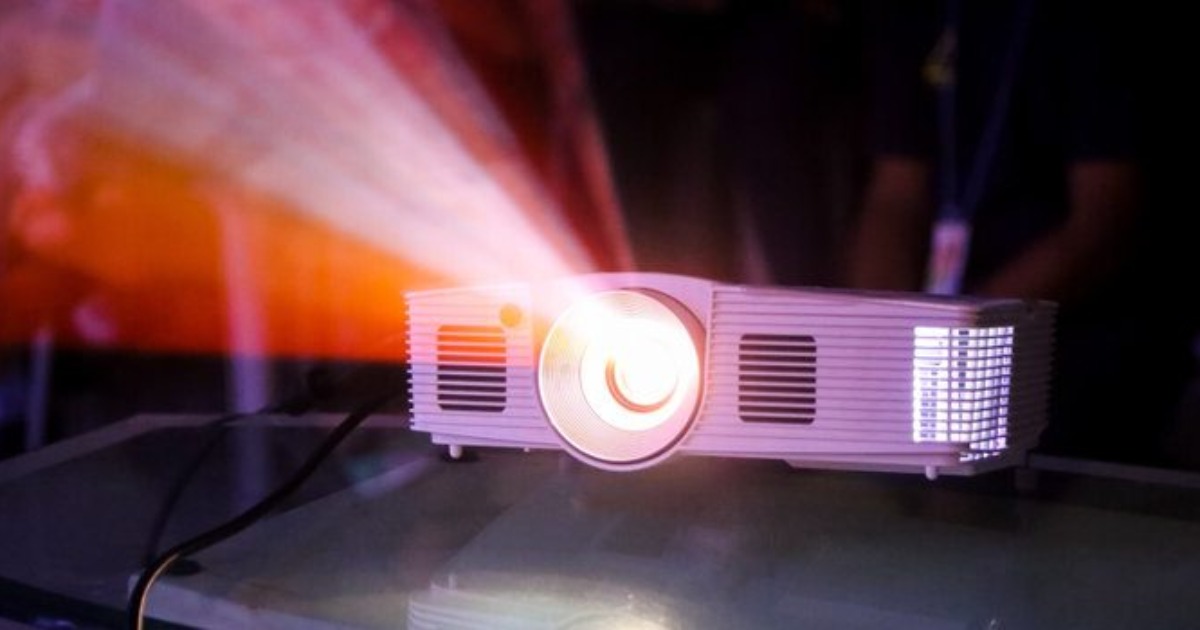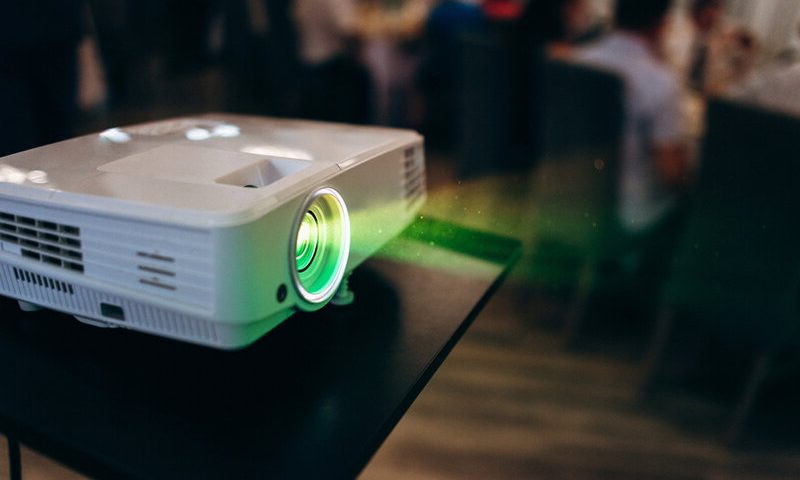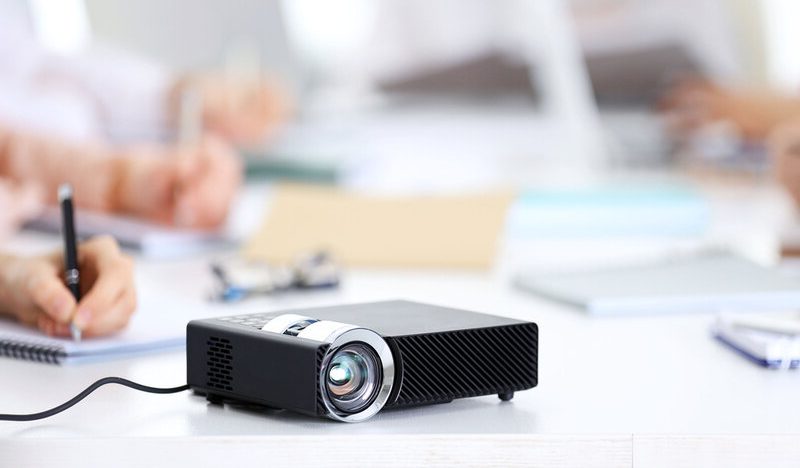What Are The Types Of Projectors? 6 Types Of Projector With Features
- 16 Mar 2025 09:40
- 192

Projectors are gradually becoming a common tool in the home, classroom, or company. Many people have started thinking about them as an alternative to TV. If you are interested in projectors, it would be helpful to understand the different models and their characteristics. What are the types of digital projectors? There are six types of projectors, including CRT, LCD, DLP, LCoS, LED, and laser. For a deeper dive into the characteristics and details of each, read on with Display Central!
What Are The Types Of Projectors? Projector Types Explained
You can find six different types of projector technology on the market. These include CRT, LCD, DLP, LCoS, LED, and laser. Each type of projector has its own unique characteristics and features. Consumers should be able to distinguish them to make better purchasing decisions.
Cathode Ray Tube (CRT)
CRT projectors have the effect of presenting video. This device creates images through a very bright, ultra-small cathode ray tube. In front of the device is a lens. It will pick up the passing images and magnify them for projection on the big screen. Three CRT tubes with three distinct colors, red, blue, and green, help image processing. As a result, the image becomes more vibrant and vivid. With many parts, CRT projectors are large and bulky. So you won't be able to move it. In addition, three CRT tubes also cause this device to consume more power than average. The installation and setup of the tool are also difficult, and you cannot do it yourself at home.

Liquid Crystal Display (LCD)
As the name suggests, LCD projection technology includes two states of matter, liquid and solid. Liquid crystal displays use liquid crystals to display videos and images. Applications of LCD technology are diverse. You can find them on the screen of your phone, laptop, desktop computer, handheld video game, or TV. The biggest advantage of LCD screens is their remarkable thinness, which saves storage space.
Digital Light Processing (DLP)
DLP is an upgraded version of a video projector manufactured by Texas Instruments. It is compatible with both front and rear projections. You can see DLP technology in projectors for the classroom, work, or home TV. This projector includes two types: one chip and three chips. Inside each chip are millions of mirrors that reflect light thousands of times per second. The single-chip device type can only produce 16 million colors, while that number in the three-chip model is 35 trillion colors. As a result, the emitted image looks as vivid and realistic as possible. The distances of the mirrors are very close. There is usually no space between pixels. Compared to LCDs, DLP devices produce much smoother and sharper images thanks to this feature.
Liquid Crystal on Silicon (LCoS)
LCoS projectors use the same technology as LCDs. They shine light through the panels to project images. The difference lies in the middle part of the two devices. LCoS projectors reflect light through three individual panels and merge it into one. The process of reflecting instead of shining light directly through the panels increases the image's contrast. So the LCoS device gives the darkest blacks. Bold blacks and strong contrast make images stand out. Plus, they help make your movie look more realistic in a dark room. The disadvantage of LCoS projectors is low brightness. It cannot meet the projection needs for areas often turned on. Low brightness levels also make LCoS devices incompatible with large projection screens. You should only use monitors with a maximum diagonal of 130 inches. To project on larger screens, choose projectors with higher lumens. This type of device also causes blurring with fast-moving 3D or sports images. However, that won't be a big deal when watching the movie.

Light Emitting Diode (LED)
If routine maintenance and bulb replacement are a pain, consider an LED projector. Compared with the bulbs of traditional appliances, the lifespan of LEDs is much longer, up to 20,000 hours or more. This device also does not need a color wheel because the LED has three lights: red, green, and blue. The projected image, therefore, is of very high quality. The removal of the color wheel also means removing usage noise or the rainbow effect. Another advantage of LED devices is the flexibility to connect to various devices. You can also install this projector very easily. It allows the remote control to make the process simpler to use.
Laser
Laser projection technology is the latest technology today. They use a laser with an LCoS or DLP engine to generate images. What are the types of laser projectors? There are two types of laser projecting devices: projectors for home entertainment and industrial. The lifespan of the laser is quite long, from 20,000 to 30,000 hours. They are also non-perishable and do not fade over time. The speed of the laser beam is also faster. You won't have much time to wait for the device to boot up or shut down.
The biggest drawback of these devices is that they cost much more than other options.
Which Should You Choose: 4K Or 1080p?

A 1080p high definition (HD) TV consists of two million pixels (1920 x 1080). Meanwhile, a 4K TV has four times as many pixels (3840 x 2160). Therefore, it is also known as Ultra High Definition (UHD). The picture that 4K TV produces will be much clearer, sharper, and more beautiful. 4K projectors also have the same operating mechanism and features. However, their popularity is not too high because pixels are too small and expensive. If you want to invest in a worthy and quality home cinema, choose a 4K projector. Also, they're not really necessary. You only need to use a 1080p projector for a typical living room setup. The average consumer won't notice the difference between 4K and 1080p images.
Conclusion
A thorough understanding of the projecting device will make your shopping and use process easier. Please review your own needs to get the most accurate choice. Thank you for reading!
